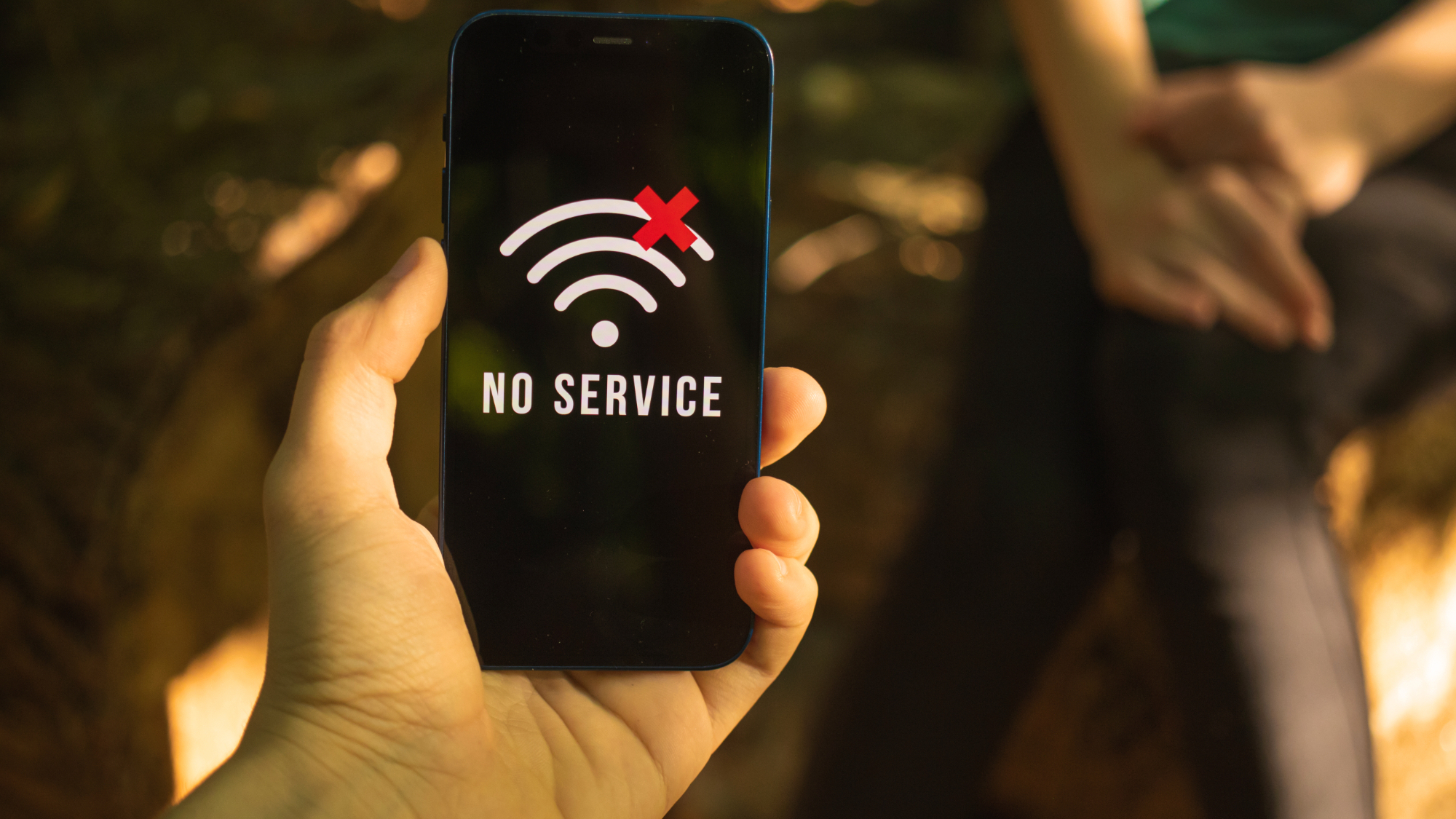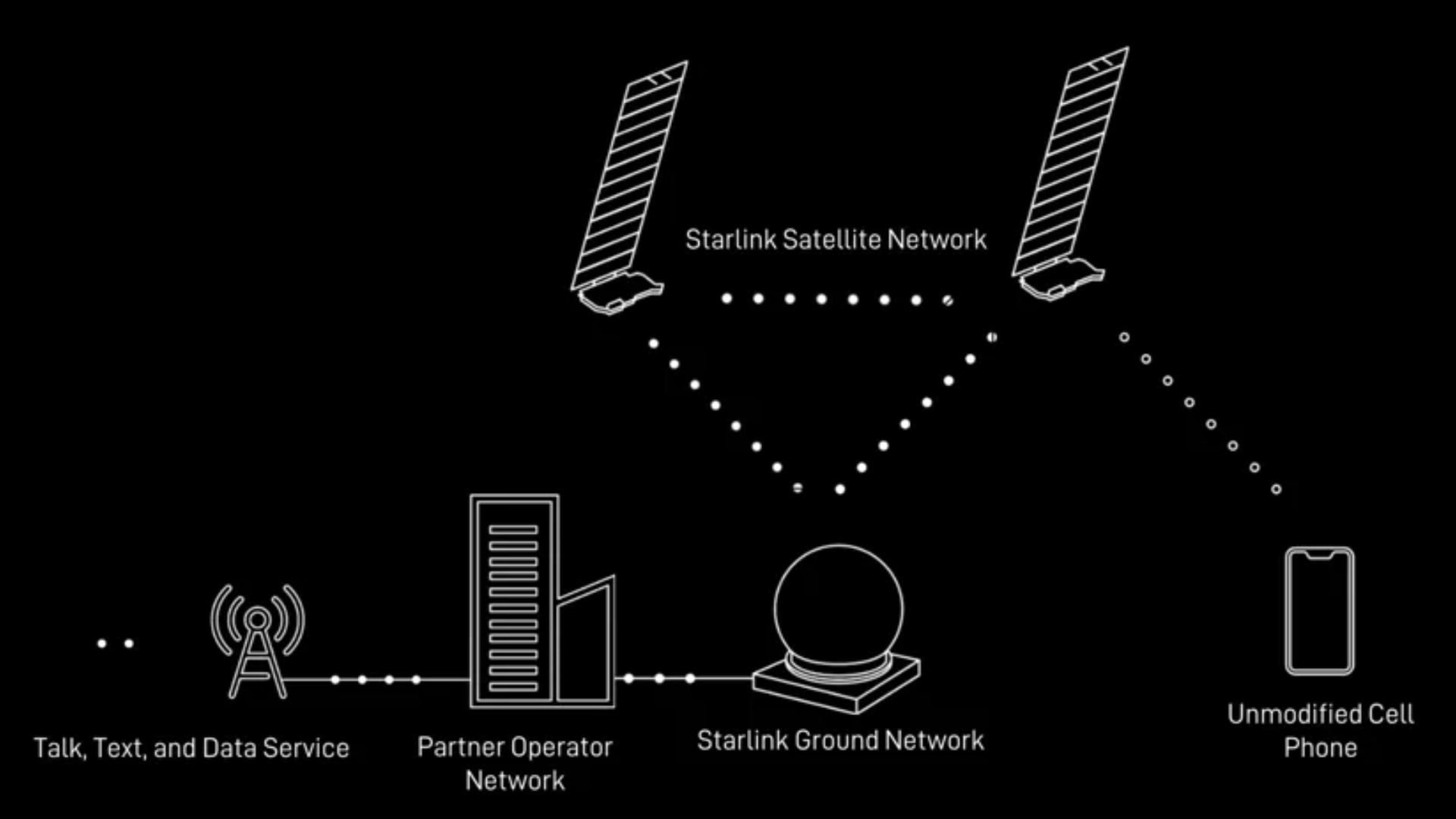The end of cellular dead zones? Starlink beams first text messages to phones
Starlink text messaging looks on track to arrive later this year

Just six days after launching its first batch of Direct to Cell satellites, Starlink has successfully sent and received a text message between two unmodified smartphones on the ground – spelling the beginning of the end for cellular dead zones.
Most normal modern phones can’t communicate with satellites and those that can – like the iPhone 15 – can’t use satellites like they can cell towers. Often satellites can only be accessed for emergency services, and you have to aim your phone up at the satellite for the message to send.
Thanks to an on-the-ground relay system and bespoke satellites, Starlink has been able to get around this technical hurdle and seemingly made satellite messaging as easy as regular text messaging. Well, at least from the texter’s perspective.

Starlink hasn’t revealed much about its first-ever space-relayed text beyond that the experiment was a success. We don’t know how long it took for messages to make the full journey, if the success rate was 100%, or exactly what the very first message was.
In an image of the text chain shared on Twitter (now X) the top message is “Hellow,” but the presence of a “Beam 2” message in one version of the conversation that isn’t in the other suggests that some texts have been deleted from the chat to make it look more like a real conversation. As such the first message could have something more technical, and a lot less fun, than a misspelled Hello.
We also don’t know exactly when the service will start rolling out. It’s still waiting on FCC approval in the US, but the company is looking to launch the Starlink cellular service for T-Mobile customers sometime in 2024 – with voice calls and mobile data hopefully following in 2025.
There's no word yet when it will come to other parts of the world, but we hope we won't be waiting long.
Sign up for breaking news, reviews, opinion, top tech deals, and more.
Texts between two phones sent through our Direct to Cell satellites in space pic.twitter.com/jd8b7uiZSqJanuary 11, 2024
One small text for man
There’s still a lot further for the tech to go, and by Starlink's own admission a lot of hurdles to jump when it comes to voice and data – these services need to be a lot more consistently reliable than texting. But this recent success of its orbiting cell towers is a major leap towards completely eliminating cellular dead zones.
We’ve already seen how impactful satellite messaging has been in the latest iPhones. There are a good number of stories online about people who used the service to get help when they would otherwise have had no other option. It takes time for new phone hardware to get to everyone though.
Starlink’s approach of changing cell towers rather than cell phones could get more people access to satellite messaging more quickly. What’s more, as we mentioned above, it gives people a service that more closely matches the kind of connectivity we expect from terrestrial cell towers.
We’ll have to wait and see how the technology and regulations develop, but the days of losing signal in remote parts of the world may be numbered.
You might also like...

Hamish is a Senior Staff Writer for TechRadar and you’ll see his name appearing on articles across nearly every topic on the site from smart home deals to speaker reviews to graphics card news and everything in between. He uses his broad range of knowledge to help explain the latest gadgets and if they’re a must-buy or a fad fueled by hype. Though his specialty is writing about everything going on in the world of virtual reality and augmented reality.